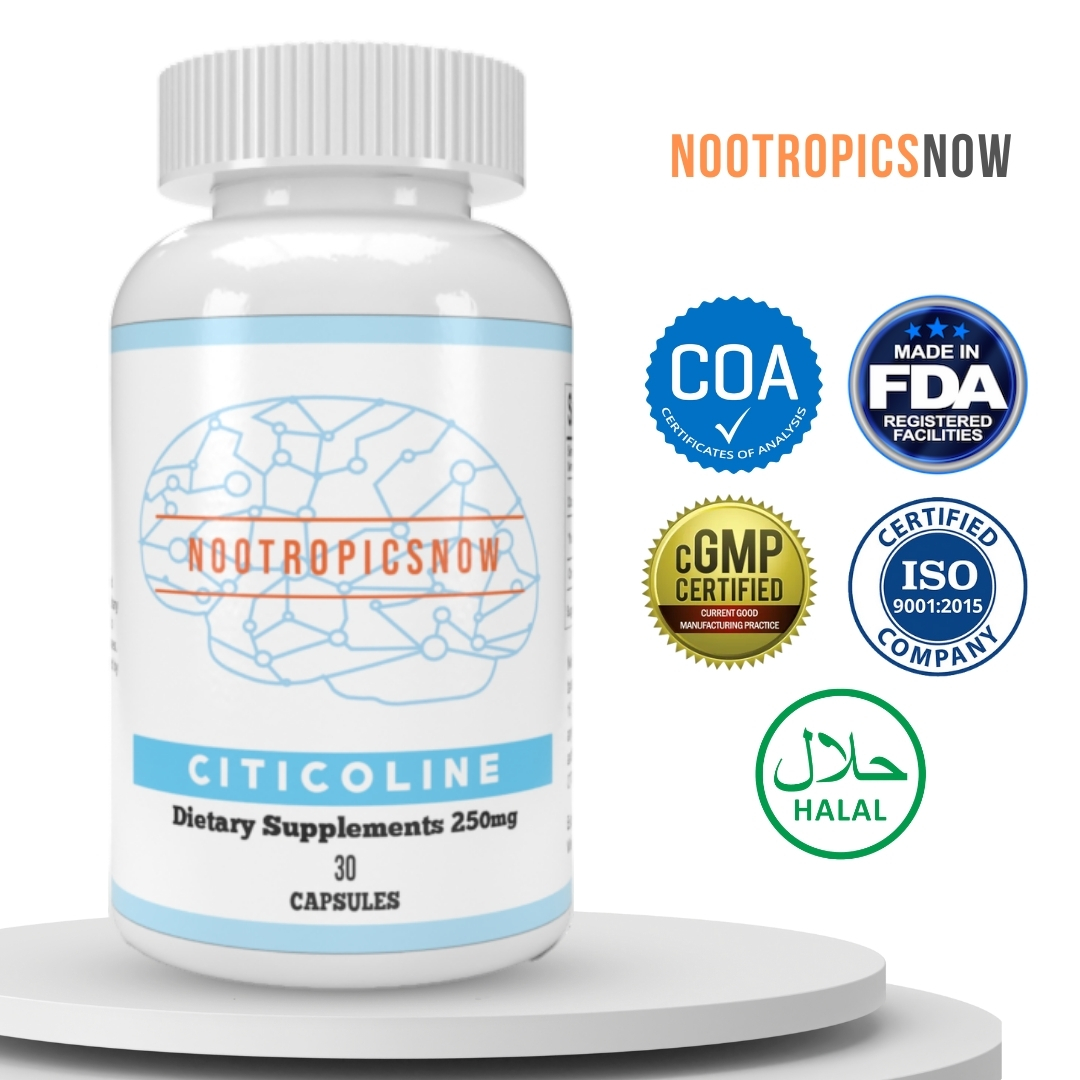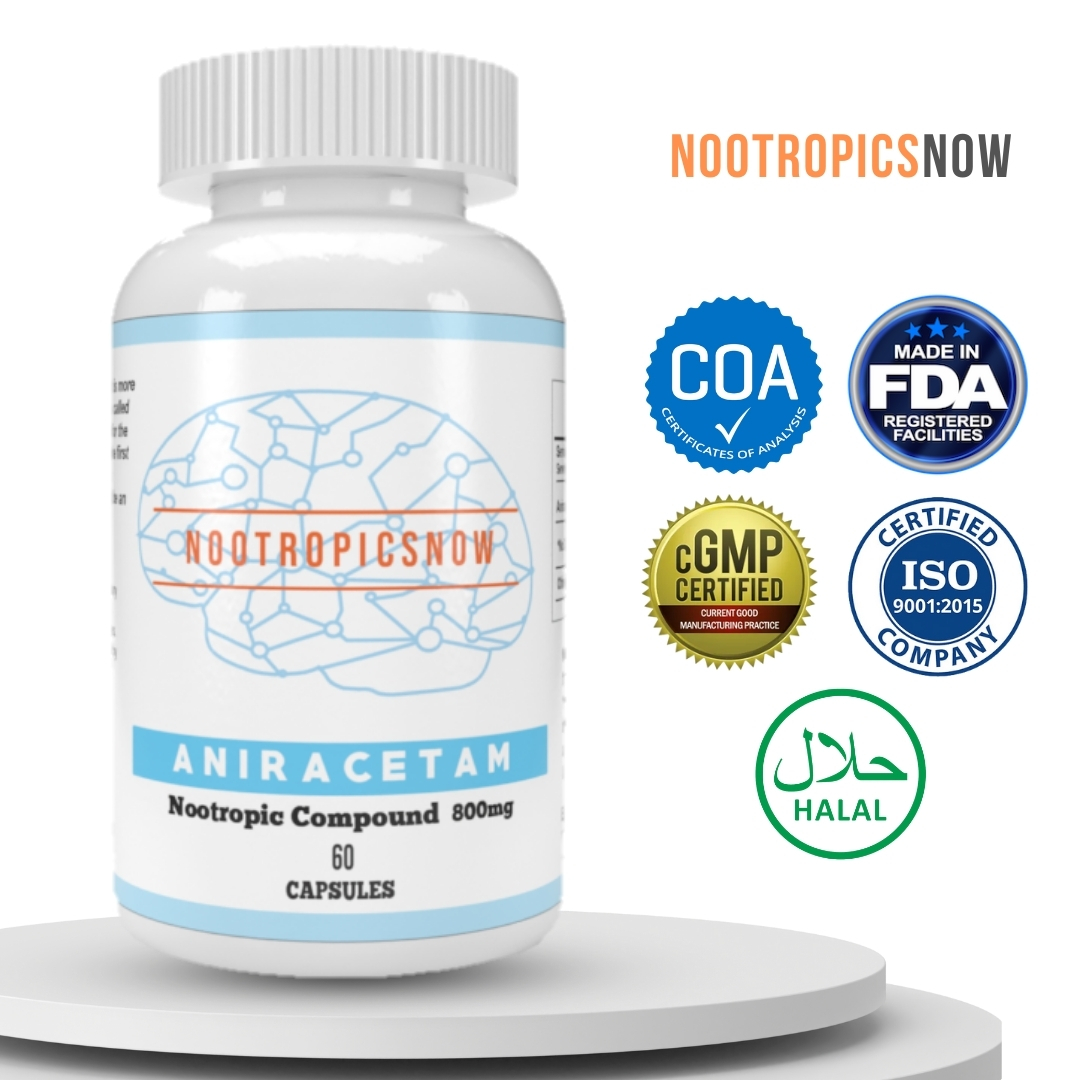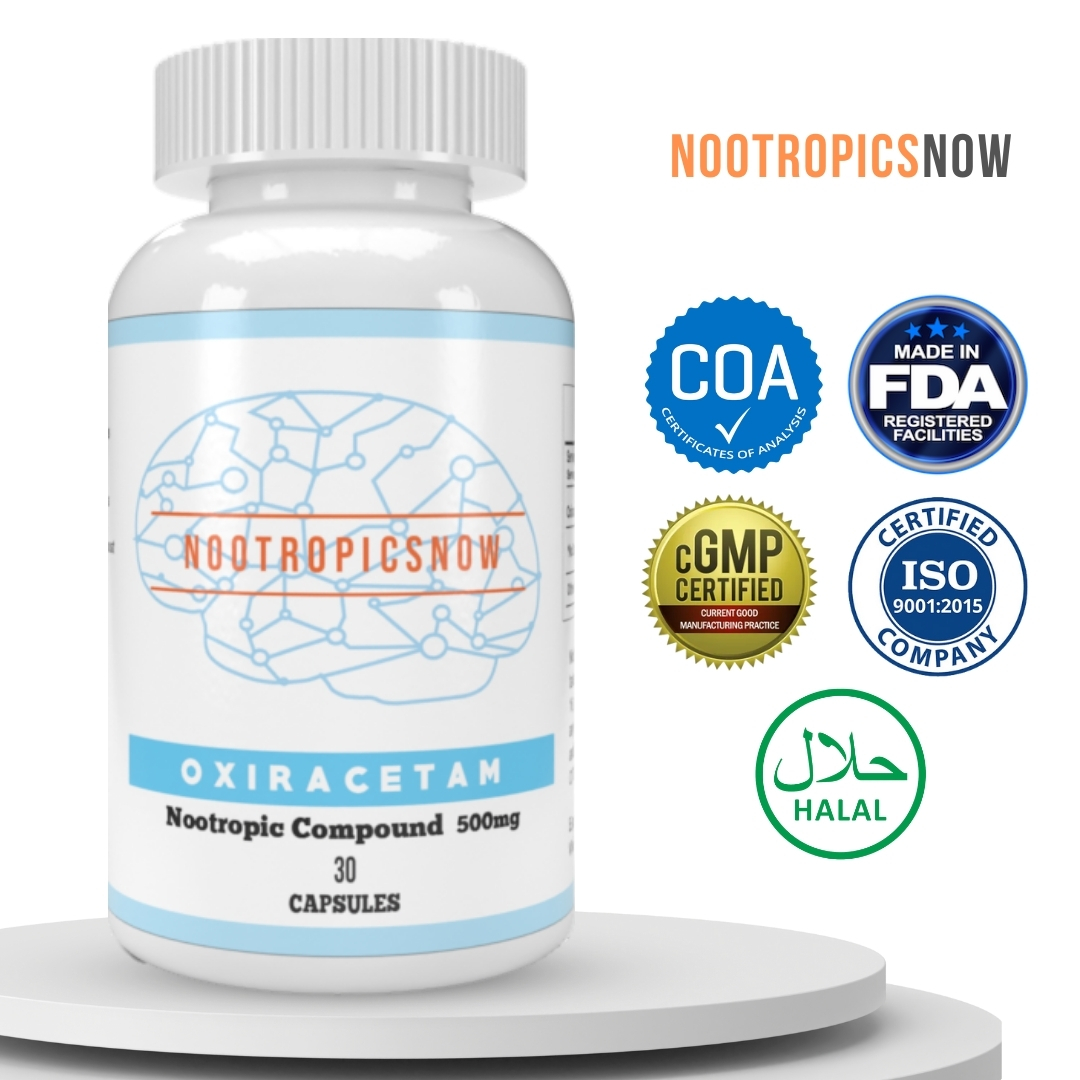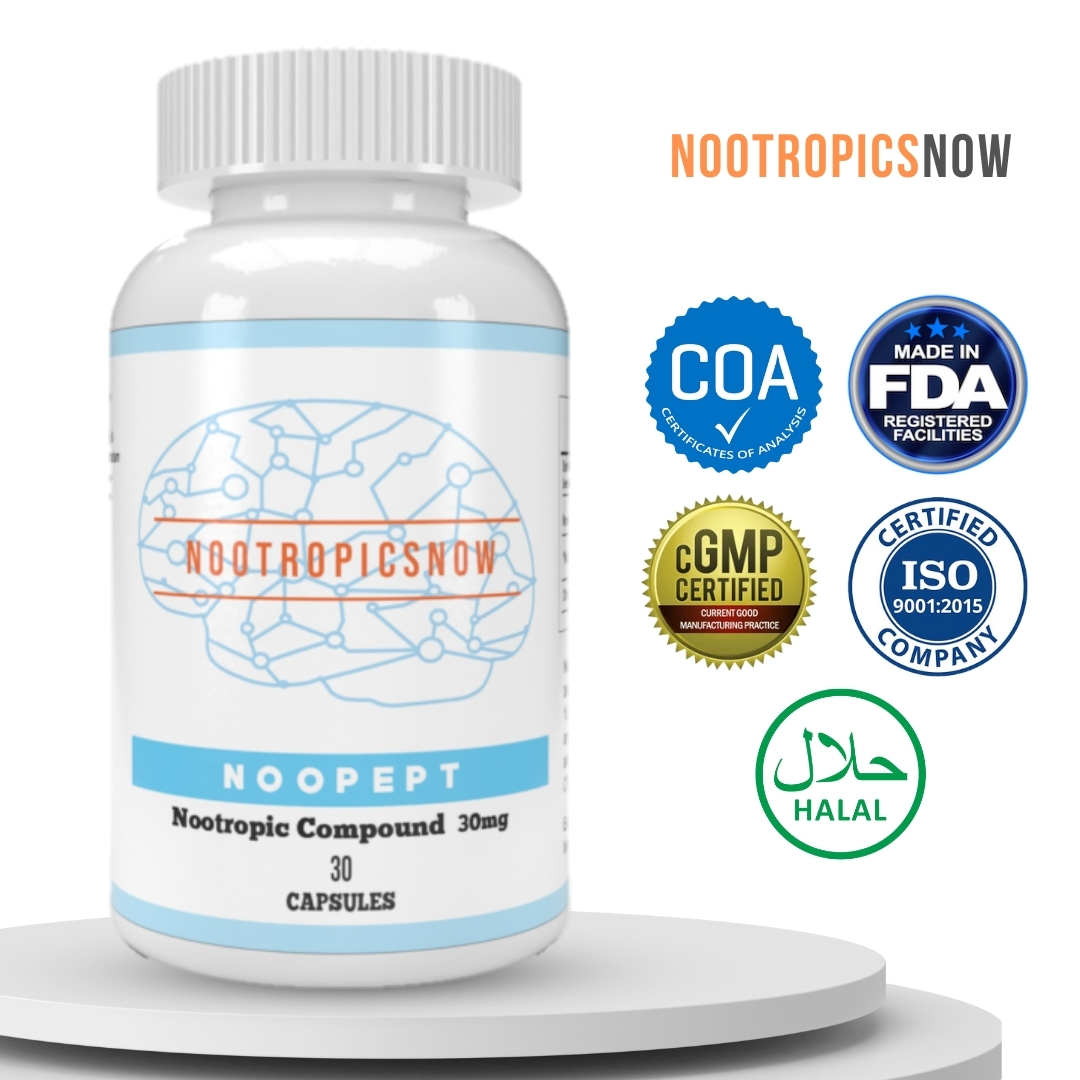Piracetam Half-Life: What You Need to Know

Piracetam Half-Life: A Comprehensive Guide
Piracetam, a synthetic derivative of gamma-aminobutyric acid (GABA), is one of the earliest and most widely studied nootropics. It’s known for its potential cognitive-enhancing effects. Understanding the piracetam half-life is crucial for optimizing dosage and maximizing its benefits. In this detailed guide, we’ll delve into the specifics of piracetam’s half-life, factors influencing it, and its implications for effective usage.
Understanding Piracetam’s Pharmacokinetics
Before diving into the half-life, it’s vital to understand the overall pharmacokinetic properties of piracetam. These properties dictate how the body absorbs, distributes, metabolizes, and excretes the drug. Therefore, let’s explore these processes:
What is Piracetam’s Half-Life?
The piracetam half-life is approximately 4 to 5 hours. This means that after 4 to 5 hours, the concentration of piracetam in the plasma reduces by half. This relatively short half-life has significant implications for how piracetam should be dosed to achieve the desired cognitive effects. This is especially important for people looking to improve their cognitive performance.
Why is Half-Life Important?
The half-life of a drug determines how frequently it needs to be administered to maintain stable blood levels and consistent therapeutic effects. For drugs with short half-lives like piracetam, more frequent dosing is required to prevent fluctuations in blood concentration that could compromise its efficacy.
Factors Influencing Piracetam’s Half-Life
While the average piracetam half-life is 4 to 5 hours, individual variations can occur due to several factors. Consequently, these variations influence how long the drug’s effects are felt:
Renal Function
Since piracetam is primarily eliminated via the kidneys, renal function is a major determinant of its half-life. Individuals with impaired renal function will exhibit a prolonged piracetam half-life. Consequently, this necessitates a dosage adjustment to avoid drug accumulation and potential side effects. Elderly individuals, who often have reduced renal function, may also experience a longer half-life.
Age
As people age, their physiological functions, including renal and hepatic functions, tend to decline. Because piracetam is cleared through the kidneys, a decrease in renal function can lead to a longer half-life in elderly individuals.
Dosage
Although the half-life itself doesn’t change with dosage, the duration of noticeable effects can be influenced. Higher doses will result in higher initial plasma concentrations, which might lead to a more prolonged period of cognitive enhancement before the concentration drops below an effective threshold.
Individual Metabolism
Individual differences in metabolism, though minimal for piracetam, can still play a role. Genetic variations, co-administration of other drugs, and other physiological factors can slightly alter the rate of piracetam elimination.
Co-administered Drugs
While piracetam itself undergoes minimal metabolism, co-administration of drugs that affect renal function or compete for renal transporters could potentially influence its excretion rate and, thus, its half-life.
Implications of Piracetam’s Short Half-Life
The short piracetam half-life has several important implications for its usage:
Frequent Dosing
To maintain stable blood levels and consistent cognitive effects, piracetam typically requires multiple daily doses. A common dosing regimen involves dividing the total daily dose into two or three administrations, spaced evenly throughout the day.
Maintaining Consistent Blood Levels
Consistent blood levels are essential for experiencing the full cognitive benefits of piracetam. Fluctuations in blood concentration can lead to variable effects and potentially diminish its efficacy. Regular dosing helps to minimize these fluctuations.
Avoiding Tapering Effects
Due to its short half-life, abruptly discontinuing piracetam may lead to a rapid decline in blood concentration and potential withdrawal-like symptoms. Although piracetam is not considered addictive, some users report experiencing mild cognitive decline or mood changes upon sudden cessation. Gradual tapering of the dose can help to minimize these effects.
Optimal Timing
Given that peak plasma concentration is reached within 1 to 2 hours after oral administration, timing the doses strategically can maximize its effects. For example, taking a dose shortly before a demanding cognitive task can optimize its performance-enhancing benefits.
Piracetam Dosage and Administration
The standard piracetam dosage ranges from 1.6 grams to 4.8 grams per day, typically divided into two or three doses. However, individual needs and responses may vary. The following are general guidelines for piracetam dosage and administration:
Administration Methods
Piracetam is available in various forms, including capsules, tablets, and powder. Capsules and tablets offer convenience and precise dosing, while powder allows for greater flexibility in adjusting the dose.
Piracetam Stacks
Many users combine piracetam with other nootropics to enhance its effects. This practice is known as “stacking.” One of the most common and well-regarded piracetam stacks involves combining it with choline sources.
Piracetam and Choline
Choline is a precursor to acetylcholine, a neurotransmitter involved in memory and learning. Piracetam is believed to enhance acetylcholine activity in the brain. Combining piracetam with choline sources like alpha-GPC or citicoline can boost acetylcholine levels. Consequently, this combination can lead to enhanced cognitive benefits and prevent potential headaches, a common side effect associated with piracetam use, potentially caused by acetylcholine depletion.

View Product

View Product
Other Potential Stacks
Piracetam can be combined with other nootropics depending on individual cognitive goals. Some users stack it with:
However, it’s important to exercise caution when stacking nootropics and start with low doses to assess tolerance and potential interactions.

View Product

View Product

View Product
Potential Side Effects and Safety Considerations
Piracetam is generally well-tolerated. However, some individuals may experience side effects, including:
Contraindications
Piracetam is contraindicated in individuals with:
Interactions with Medications
Piracetam may interact with certain medications, particularly anticoagulants. Caution is advised when combining piracetam with blood-thinning drugs. Always consult with a healthcare professional before starting piracetam, especially if you have underlying medical conditions or are taking other medications.
Research and Evidence on Piracetam’s Effectiveness
Piracetam has been extensively studied for its cognitive-enhancing effects. Research suggests that piracetam may improve:
However, the evidence is not always consistent, and more research is needed to fully elucidate piracetam’s efficacy and mechanisms of action.
Conclusion: Optimizing Piracetam Usage
Understanding the piracetam half-life is crucial for optimizing its dosage and maximizing its cognitive benefits. The relatively short half-life of 4 to 5 hours necessitates frequent dosing to maintain stable blood levels and consistent effects. By considering factors such as renal function, age, and individual metabolism, users can tailor their piracetam regimen to their specific needs. Always consult with a healthcare professional before starting piracetam to ensure its safe and appropriate use. While more studies are needed, this information will help anyone looking to improve their cognitive abilities.
Piracetam Half-Life: Understanding Its Implications for Dosing
Piracetam’s effectiveness as a nootropic hinges significantly on its pharmacokinetic properties, especially its half-life. Understanding the half-life is crucial for optimizing dosages and achieving consistent cognitive benefits. The half-life, in essence, represents the time it takes for the concentration of a drug in the body to reduce by half. For piracetam, this duration is relatively short, thus impacting how frequently it needs to be administered.
Defining Piracetam’s Half-Life
Specifically, piracetam has a half-life of approximately 4 to 5 hours after oral or intravenous administration. Because of this, the drug concentration diminishes significantly within a single day. Therefore, this necessitates a carefully planned dosing regimen to sustain stable blood levels, consequently ensuring consistent cognitive effects throughout the day. So, it is important to administer piracetam in multiple doses throughout the day.
Factors Influencing Half-Life
While the average half-life of piracetam is 4 to 5 hours, several factors can influence this duration. These factors contribute to variations in how individuals process and eliminate the drug from their system.
1. Age
Age is a significant factor influencing drug metabolism. Older adults often experience decreased renal function, leading to a prolonged elimination half-life of piracetam. Reduced kidney function slows down the rate at which piracetam is filtered from the bloodstream. Therefore, this leads to higher concentrations for longer periods. In such cases, healthcare providers may recommend lower or less frequent doses.
2. Renal Function
Kidney function is paramount in piracetam excretion. Since piracetam is primarily eliminated via renal pathways, compromised kidney function directly impacts its half-life. In individuals with renal impairment, the half-life can be substantially extended, sometimes even doubled. Dosage adjustments are crucial to prevent accumulation and potential adverse effects. Creatinine clearance, a measure of kidney function, should be assessed to guide dosing decisions.
3. Dosage
Although dosage doesn’t directly alter the intrinsic half-life, it affects the duration of action and the severity of potential side effects. Higher doses lead to higher initial concentrations. Thus, it might take longer to reach a sub-therapeutic level even if the elimination rate remains consistent. This can be misinterpreted as a longer half-life. It is crucial to adhere to recommended dosages and consider individual tolerance levels.
4. Individual Metabolism
Metabolic rate varies considerably among individuals due to genetic factors, liver function, and overall health status. Some people may metabolize piracetam faster than others, leading to a shorter effective period. Conversely, slower metabolizers might experience longer-lasting effects. These metabolic differences highlight the need for personalized dosing strategies.
5. Route of Administration
The route of administration can also play a role, although piracetam is most commonly taken orally. Intravenous administration bypasses the absorption phase, leading to a more rapid increase in blood concentration. This route can slightly alter the perceived duration of action, however, the elimination rate still remains the same.
Implications for Dosing Regimen
The relatively short half-life of piracetam directly influences how it should be dosed to achieve the desired cognitive effects. To maintain stable blood levels, the daily dose is generally divided into multiple administrations.
Optimal Dosing Strategies
Typically, piracetam is administered two to three times daily to keep the drug concentration within the therapeutic range. This approach prevents significant fluctuations in blood levels and provides a more consistent cognitive enhancement. The exact timing and frequency can be tailored to individual needs and responses.
Sustaining Blood Levels
To maintain steady-state plasma concentrations, regular and consistent dosing is essential. For example, someone might take piracetam in the morning, at midday, and again in the late afternoon. This ensures that the concentration doesn’t dip too low before the next dose. Consistent dosing habits are key to optimizing the benefits.
Adjusting for Individual Factors
Individual factors such as age, renal function, and metabolic rate should be considered when determining the optimal dosing regimen. Older adults or those with impaired kidney function might require lower or less frequent doses to avoid accumulation. Similarly, individuals with faster metabolism may need slightly higher doses or more frequent administrations to achieve the desired effects.
Peak Plasma Concentration and Bioavailability
Understanding the pharmacokinetic properties beyond the half-life is crucial for effective dosing. Piracetam has a high bioavailability and a specific time to reach peak plasma concentration.
Time to Peak Plasma Concentration
The time to peak plasma concentration (Tmax) is typically reached within 1 to 2 hours after oral administration. This rapid absorption means that the effects of piracetam can be felt relatively quickly after ingestion. Users should be aware of this timeframe to align their dosing with periods of increased cognitive demand.
High Bioavailability
Piracetam boasts a high bioavailability, nearly reaching 100%. High bioavailability signifies that nearly all of the administered dose reaches the systemic circulation. As a result, piracetam is efficiently absorbed from the gastrointestinal tract, ensuring a predictable and reliable response. This contrasts with drugs that have lower bioavailability and require higher doses to achieve the same effect.
Elimination and Excretion
Understanding how piracetam is eliminated from the body is vital for understanding its overall pharmacokinetics.
Renal Elimination
Piracetam is primarily excreted via renal elimination. Approximately 90% of the dose is recovered in the urine as an unchanged drug. This high percentage underscores the critical role of kidney function in piracetam metabolism and elimination. Impaired renal function significantly prolongs the drug’s half-life.
Unchanged Drug Recovery
The fact that most of the drug is excreted unchanged means that piracetam undergoes minimal metabolism in the body. This simplifies the pharmacokinetic profile but also emphasizes the importance of healthy kidney function. Metabolic interactions with other drugs are less likely since piracetam is not extensively metabolized.
Practical Implications and Recommendations
Based on the pharmacokinetic profile of piracetam, several practical recommendations can be made to optimize its use.
Multiple Daily Doses
Given the short half-life, divide the daily dose into multiple administrations (typically two to three times per day). This helps maintain stable blood levels. It also promotes consistent cognitive effects.
Consistent Timing
Adhere to a consistent dosing schedule. Consistent timing helps stabilize blood concentrations. It maximizes benefits.
Adjust for Age and Renal Function
Be cautious if you are older or have impaired kidney function. Reduced dosage or frequency may be necessary. Consult with a healthcare provider for personalized recommendations.
Monitor Effects
Closely monitor the effects of piracetam. Keeping a journal of experiences can help refine the dosing regimen. This monitoring helps ensure that the regimen aligns with individual needs and tolerance levels.
Consider Stacking
`markdown

View Product
`
Consider using piracetam in conjunction with other nootropics. The user may stack piracetam with choline sources like alpha-GPC or CDP-choline to enhance cognitive benefits.
`markdown

View Product
`
`markdown

View Product
`
This combination can also prevent potential headaches sometimes associated with piracetam use.
Importance of Consulting Healthcare Professionals
While the information provided offers a comprehensive overview of piracetam’s half-life and related factors, consulting with a healthcare professional is paramount before starting any new supplement regimen. Healthcare providers can assess individual health status. They can take into account potential interactions with existing medications. They can give personalized dosing recommendations. Self-treating without professional guidance can lead to suboptimal outcomes or adverse effects.

